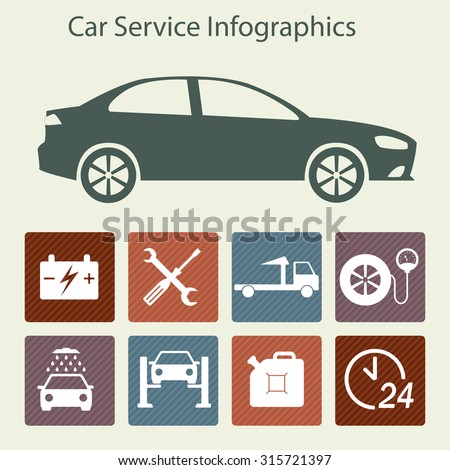Open Up The Hood To Uncover Usual Brake System Concerns And Their Repairs, Yet What Regarding Spongy Brake Pedals? Discover The Solution In Advance! Find Out More Listed Below
Open Up The Hood To Uncover Usual Brake System Concerns And Their Repairs, Yet What Regarding Spongy Brake Pedals? Discover The Solution In Advance! Find Out More Listed Below
Blog Article
Team Writer-Jansen Birch
When it concerns your car's brake system, recognizing usual problems can conserve you from potential safety hazards. From determining brake pad wear to attending to brake liquid leakages, understanding just how to deal with these problems is vital. Yet what about those spongy brake pedals? There's a solution for that as well. Remain tuned to get more information regarding these concerns and the sensible services that can maintain you safely when traveling.
Brake Pad Use and Substitute
When it comes to maintaining your vehicle's brake system, one important facet to keep an eye on is the wear and substitute of brake pads. Brake pads are vital components that push against the brake rotors to decrease or quit your car. Gradually, these pads wear down due to friction, requiring regular evaluation and substitute to guarantee your brakes function properly.
To figure out if your brake pads require replacement, pay attention for shrilling or grinding sounds when you apply the brakes. Additionally, if your car takes longer to stop or you notice resonances or pulsations when stopping, it might be time to change the brake pads.
Neglecting worn brake pads can bring about reduced stopping efficiency, damages to various other brake parts, or perhaps brake failure.
Replacing brake pads is a relatively uncomplicated procedure for many automobiles. However, if you're uncertain or unpleasant doing this job, it's best to seek advice from an expert technician to make certain correct setup and optimal brake efficiency.
Frequently checking and replacing brake pads is vital for your security and the longevity of your vehicle's stopping system.
Brake Fluid Leaks and Maintenance
To guarantee your vehicle's brake system operates ideally, it's important to likewise take notice of brake liquid leaks and maintenance. Brake liquid is essential for transferring the force from your foot on the brake pedal to the real stopping system. One common issue with brake fluid is leakages, which can occur because of scrubby brake lines, seals, or connections. If you see a pool or leaks under your car, it's important to deal with the leakage quickly to stop a potential brake failure.
Frequently checking your brake liquid degree is essential to preserving your brake system. Reduced brake liquid can result in air getting in the brake lines, which endangers stopping performance.
Additionally, old or contaminated brake fluid can impact the general efficiency of your brakes. It's suggested to follow the manufacturer's guidelines on when to transform the brake liquid, usually every 2 years.
Spongy Brake Pedal: Bleeding Brakes
If you have actually ever experienced a spongy brake pedal while driving, you recognize the significance of preserving a company and receptive stopping system. https://free-service-tire72849.tokka-blog.com/30170422/explore-the-world-of-car-treatment-with-an-experienced-mechanic-alongside-you-learn-just-how-their-abilities-are-vital-to-ensuring-your-automobile-s-optimal-efficiency of a squishy brake pedal is air trapped in the brake lines. When air enters the brake system, it can result in a loss of hydraulic stress, leading to that disturbing squishy feeling when you push the brake pedal.
To resolve https://www.autoserviceworld.com/tips-to-stop-fraud-in-your-shop/ , bleeding the brakes is needed. Hemorrhaging the brakes includes removing the air from the brake lines to bring back proper hydraulic pressure.
To bleed the brakes, you'll need a helper to help you. Begin by locating the brake bleeder valve on each wheel, generally located near the brake caliper. With a wrench, loosen the shutoff and have your helper press the brake pedal while you observe any air bubbles coming out. Repeat this procedure for each and every wheel, starting from the wheel farthest from the master cylinder and moving closer.
Once you no more see air bubbles and just clear fluid arises, tighten up the valve and top up the brake liquid tank as needed. Hemorrhaging the brakes assists make certain a company brake pedal and boosts overall braking efficiency.
Final thought
Now that you comprehend common brake problems and exactly how to repair them, you can guarantee your lorry's security and performance. Keep in mind to pay attention for indication like shrilling noises or squishy brake pedals, and resolve them promptly. Routine maintenance and timely replacements are key to keeping your brakes in leading problem. Stay proactive and conscientious to your brake system to enjoy secure and reliable driving experiences.
